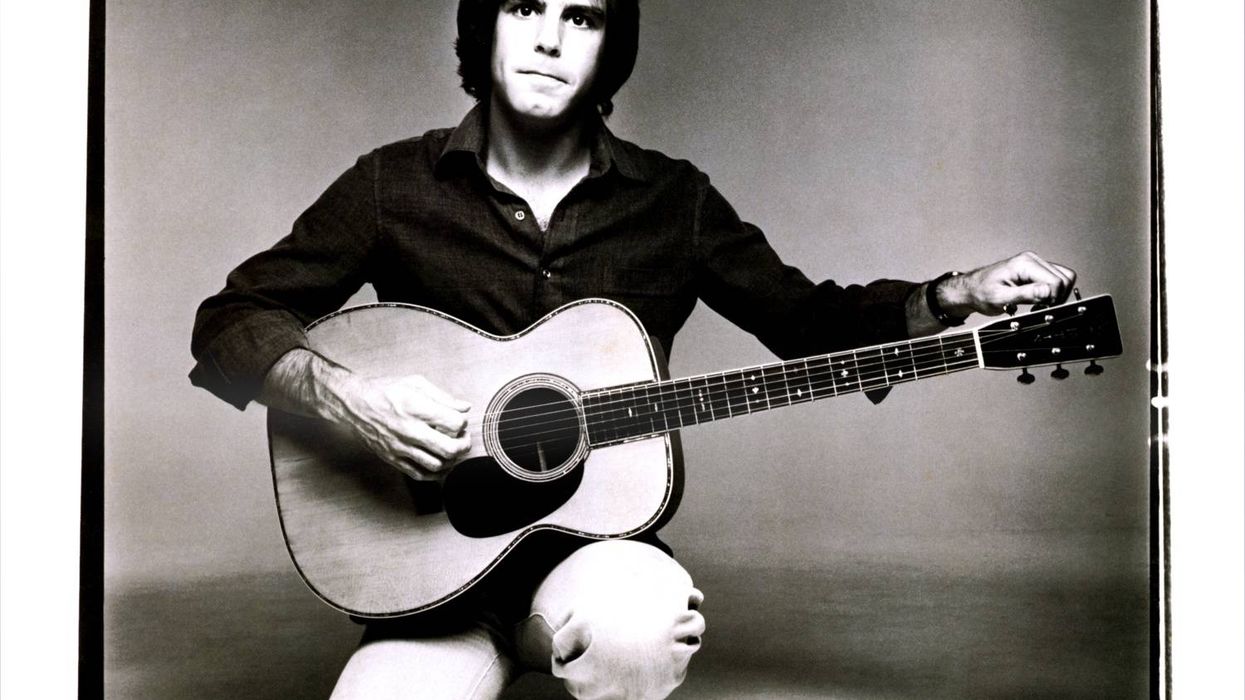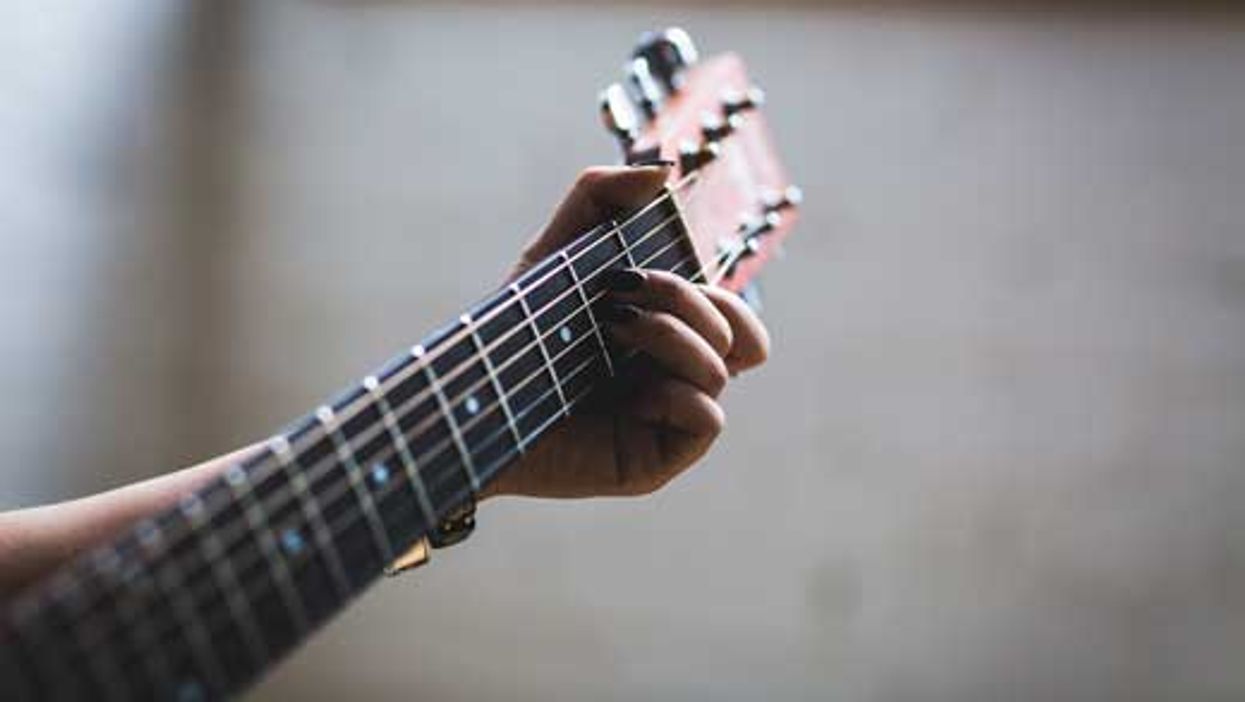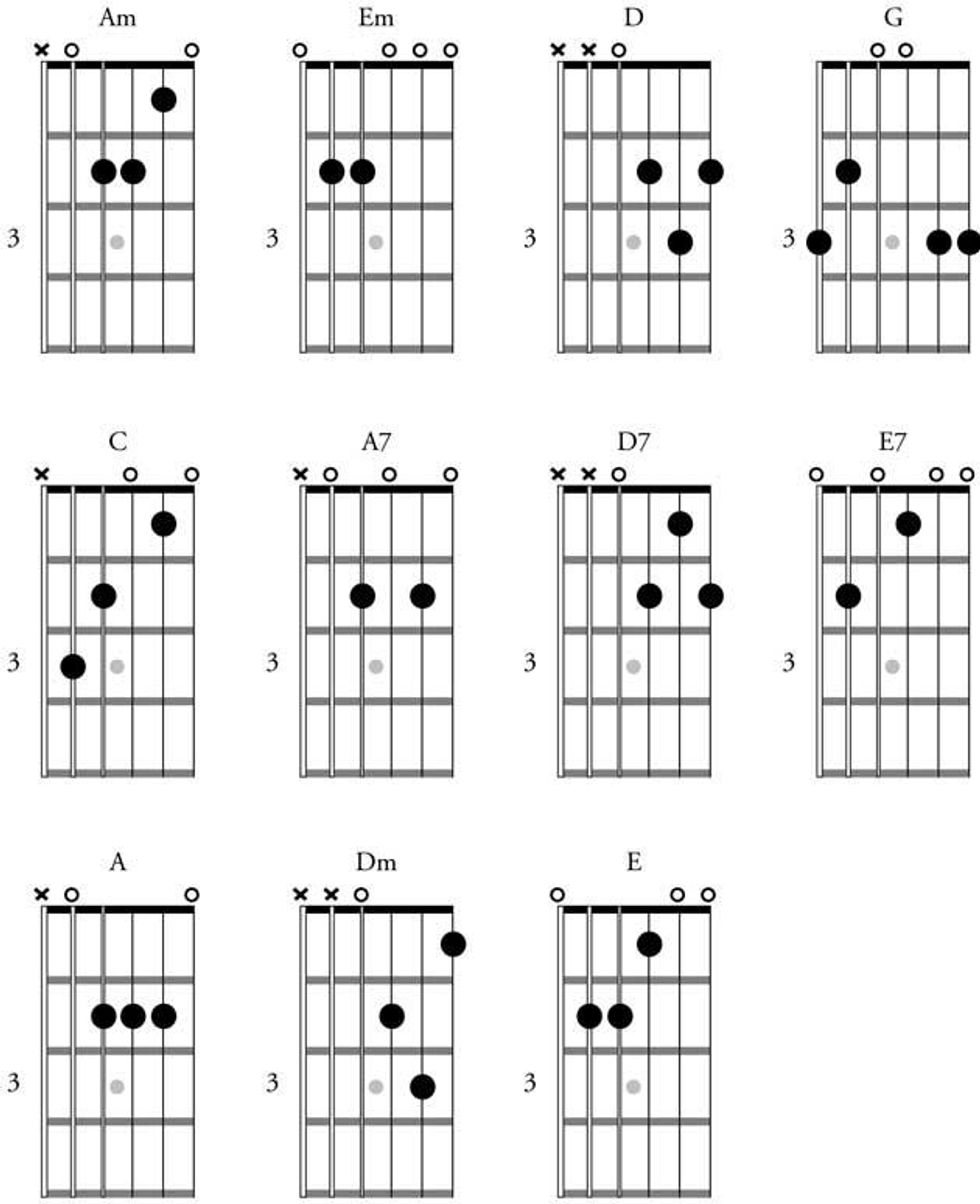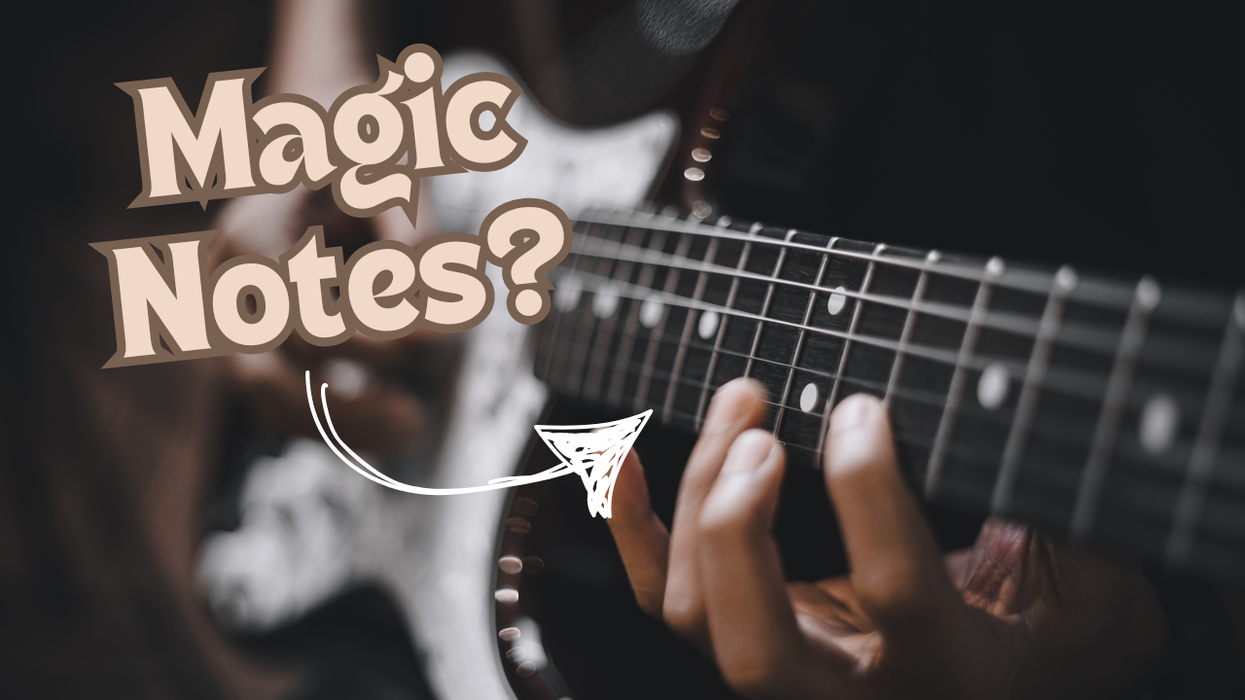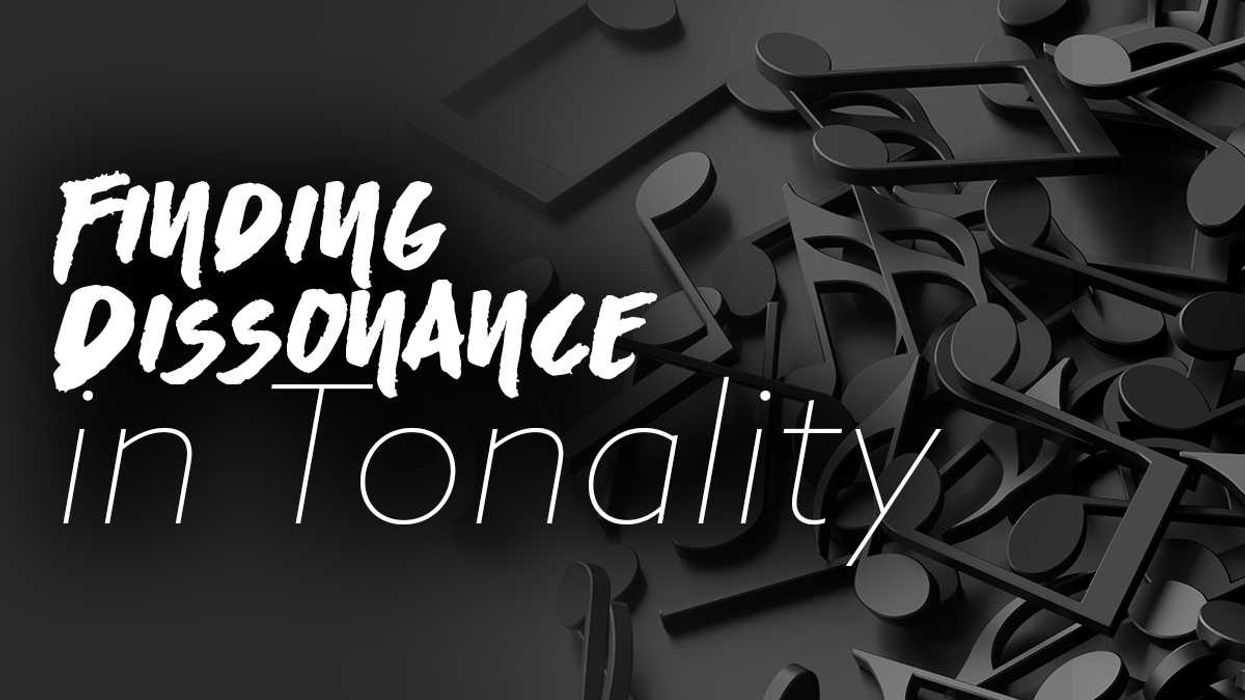Chops: Intermediate Theory: Beginner Lesson Overview: • Understand the basics of Chet Atkins’ style. • Learn how to play “House of the Rising Sun” like Chet Atkins. • Create the sound of multiple guitars while playing solo. Click here to download a printable PDF of this lesson's notation. |
Chet Atkins’ style is incredibly unique and there’s been a tribe of guitar players that have rallied around it for decades. His method has been popularized by esteemed guitarists like Mark Knopfler, Jerry Reed, and Tommy Emmanuel. So, what is the “Chet Atkins” style? If you don’t already know, I can assure you you’ve heard it before in Esurance TV commercials or in these popular versions of “Mr. Sandman” and “Windy and Warm.”
Chet used a combination of his fingers and a thumbpick to create this signature “boom-chick” sound. These examples include everything you need to get started playing in Chet’s style today.
First off, you need to begin building basic finger independence within your picking hand, starting with your thumb. One of the main attributes of this style, and what makes this technique sound so full and big, is the use of independent rhythms with your picking hand. With that said, I highly recommend playing through the following examples either with your bare fingers or with a thumbpick and fingers. While it’s possible to play a basic version of this style in a hybrid-picking format (flatpick and fingers together), this method can only get you so far. To play anything beyond this, and to really get the feel right, you will need to ditch the flatpick.
The main goal is to build a solid foundation with the thumb as your prime source of rhythm. Once that starts to feel comfortable, you can add in different rhythms with your picking-hand fingers that involve more of the chord. Then, when you have that down, you can add in a melody on top, while keeping your thumb and picking fingers going. Think of it like you’re a one-person band playing three parts at once: the bass line, the rhythm guitar, and the lead vocal (the melody on top). Once you begin to master this technique, your solo playing will immediately sound bigger. Practicing these examples will help with your time and groove, as well. I can’t stress how important it is to develop the thumb technique first, before doing anything else with your other fingers. Take your time with this step. You won’t regret it.
Ex. 1-6 should be played only with your thumb on the picking hand, omitting all other picking-hand fingers for now.
Start with this basic exercise (Ex. 1). It begins with an open-position Am chord and uses a simple eighth-note rhythm. Begin with fretting an Am chord where your first note is A, the open 5th string. Remember, you must hold down the chord for the entire measure. Then move to a slight strum motion hitting the 4th and 3rd strings together. After this, your picking-hand thumb shifts to the open 6th string, then back to a slight strum motion on the 4th and 3rd strings. This creates an alternating root to 5 bass part, which is similar to what a country bass player would play. (Again, think of your picking-hand thumb as your bass player.) So your thumb is playing the bass part, which in Atkins’ style he would often begin with the root of each chord on beat 1. Also, this backing or accompaniment part is typically palm muted. This makes sure the accompaniment from the thumb does not overpower the melody we’ll add in later. This is the technique that is often called a “boom-chick” pattern. Atkins would use this fingerpicking combination frequently for chord shapes with roots on the 5th string.
Click here for Ex. 1
Ex. 2 and Ex. 3 demonstrate the use of an inverted chord. Occasionally, Atkins would not have the root note in the bass part, like in Ex. 1. Instead, he would sometimes play the 5 or the 3 of the chord. Here are two examples that demonstrate how he would treat this type of chord voicing:
Click here for Ex. 2
Click here for Ex. 3
Ex. 4 and Ex. 5 demonstrate Atkins’ approach to chord shapes with root notes on the 6th string. Again, notice there’s an alternating bass line between the root and 5. Atkins would often play his F chord with his fretting-hand thumb on the 6th string at the 1st fret instead of the typical first finger there.
Click here for Ex. 4
Click here for Ex. 5
Now that you know how to approach each chord shape, let’s put them together in the progression for “House of the Rising Sun.” Note the cool descending bass line in the first four chords.
Click here for Ex. 6
Again, spend some time with these examplesbefore moving on to the next part of this lesson. As you play through the first six examples, keep these three important tips in mind:
- Only play these examples with the thumb of your picking hand. The other fingers should not be involved.
- Tap your foot. I recommend the foot opposite of your picking hand.
- Keep it muted and get used to the “boom-chick” sound.
Once Ex. 1-6 are starting to feel natural and solid, it’s time to bring in more picking-hand fingers in Ex. 7. To do this, place your index finger on the 3rd string, your middle finger on the 2nd string, and your ring finger on the 1st string. For now, we can just assign these fingers to those strings and not move them. The goal is to play a half-note rhythm with your index, middle, and ring fingers, while simultaneously keeping the thumb going. The “boom-chick” thumb part should still be played palm muted, but the upper part of the chord should ring out. At this point, you have two independent parts going on: one with your thumb and the second with your index, middle, and ring fingers. The whole idea is to take this in steps and build it from the ground up, measure by measure.
Click here for Ex. 7
Ex. 8 takes Ex.7up a notch by introducing syncopation with the index, middle, and ring fingers. This is where things start to get a bit tricky, especially if you have never tried this style of playing before. To understand Atkins’ style, you must get familiar with how he plays in between the beats of the “boom chick.” The standard swing rhythm demonstrated in Ex. 8exemplifies this in the last 16th-note of beat 1. Take it slow and count it out at first. Don’t forget to swing those 16th-notes. It is also important to note that the upbeats can also be played as a single note on the 4th string as an alternative to the double-stop if that’s easier for you.
Click here for Ex. 8
Ex. 9 is an interpretation of the melody to “House of the Rising Sun.” Before you try to play an arrangement of a song, you need to know the basic melody. Below, the melody is positioned within the shapes we covered, except for the high A on the 5th fret. We will address this later. For now, just become familiar with the melody.
Click here for Ex. 9
Finally, the moment we have been working towards comes to fruition in Ex. 10. There is one new chord shape here, Am in the 5th position. I recommend going slow and taking it measure by measure to put this together. The more time you spend on the previous examples, the better equipped you will be to play this. You want that backing to be on autopilot. This makes adding in the melody that much easier. Be aware that you will have to adjust your chord shapes to accommodate the melody at times. For example, in measure 1, lift up your first finger of your fretting hand to play the open B on the 2nd string. Then, put it back down on beat 3, while still holding as many notes down as possible in the Am chord. Don’t try to read it like a TAB. Instead, fret the chord shapes from all previous examples and only make slight adjustments to play the melody, letting as many notes from the chord shape ring out as possible.



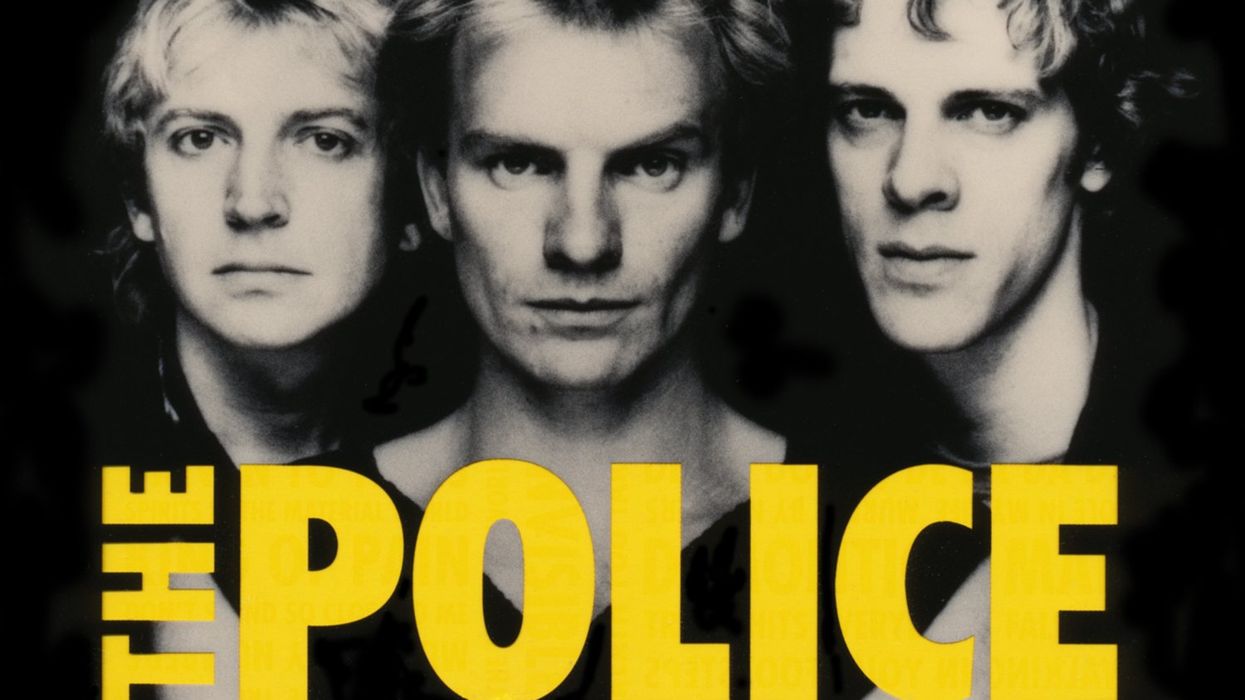
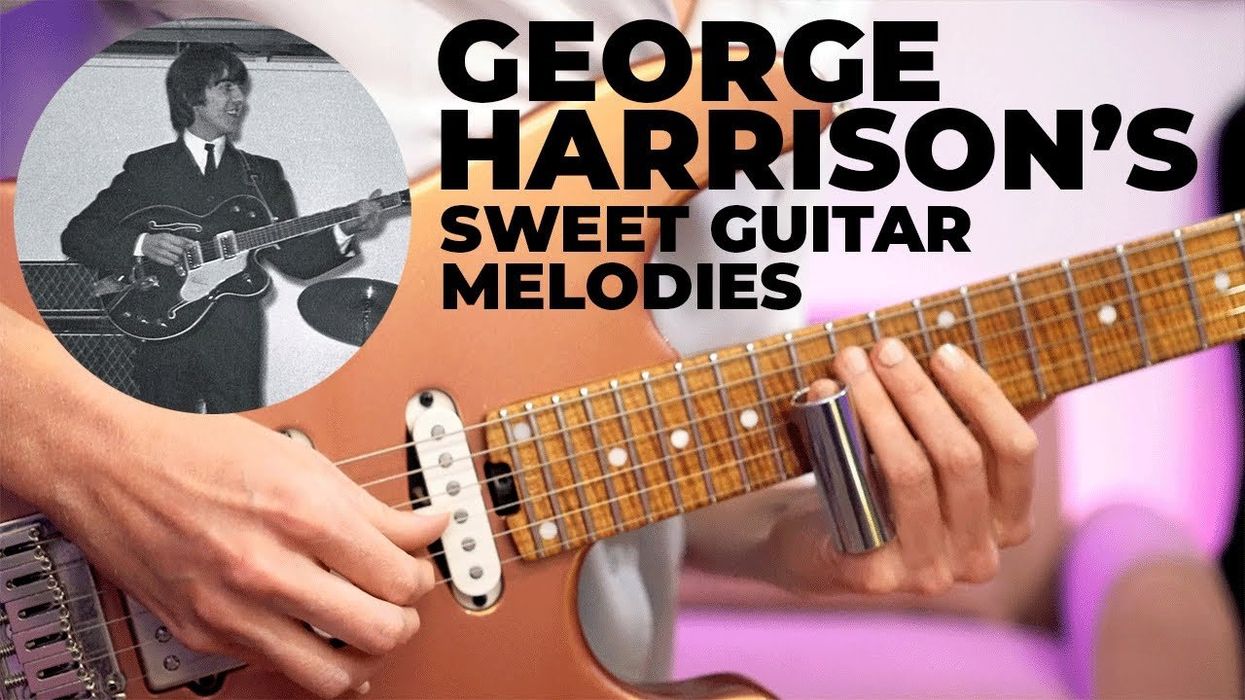
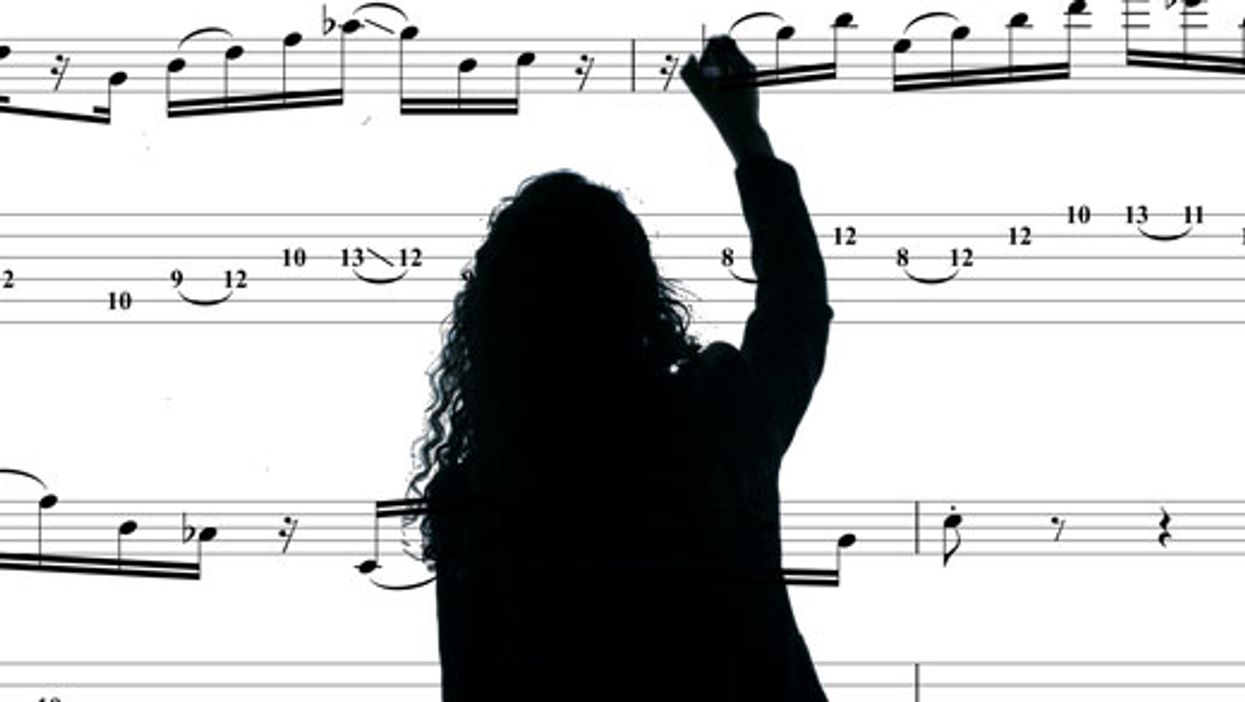





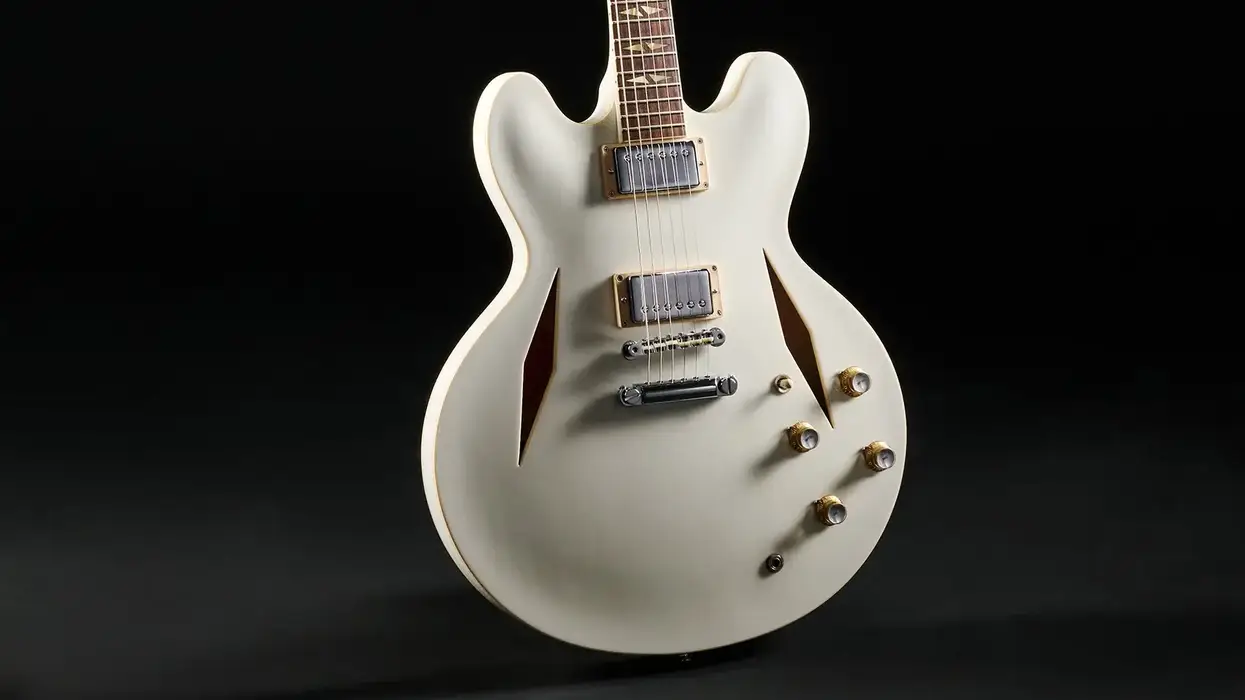
![Rig Rundown: AFI [2025]](https://www.premierguitar.com/media-library/youtube.jpg?id=62064741&width=1245&height=700&quality=70&coordinates=0%2C0%2C0%2C0)
